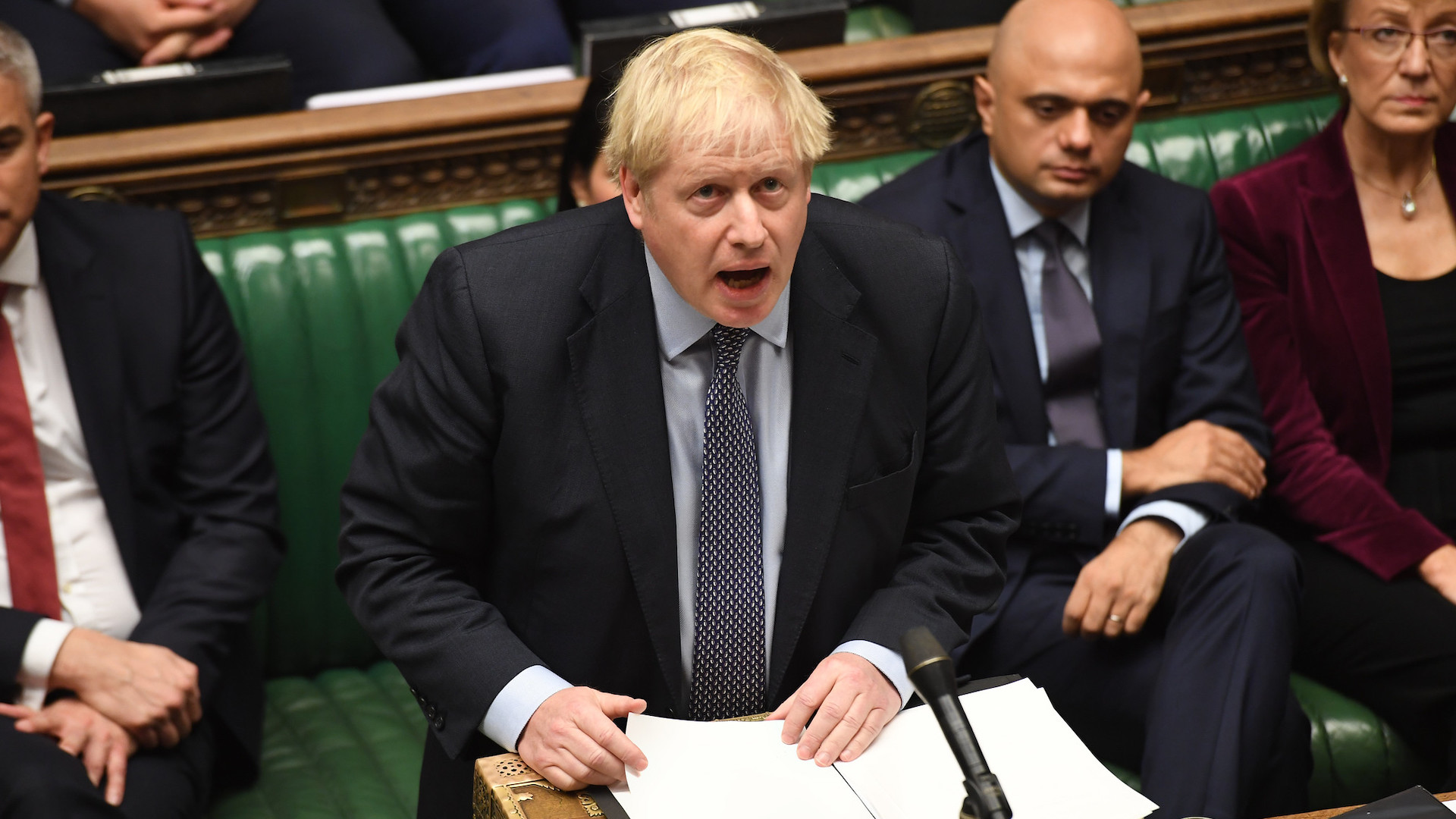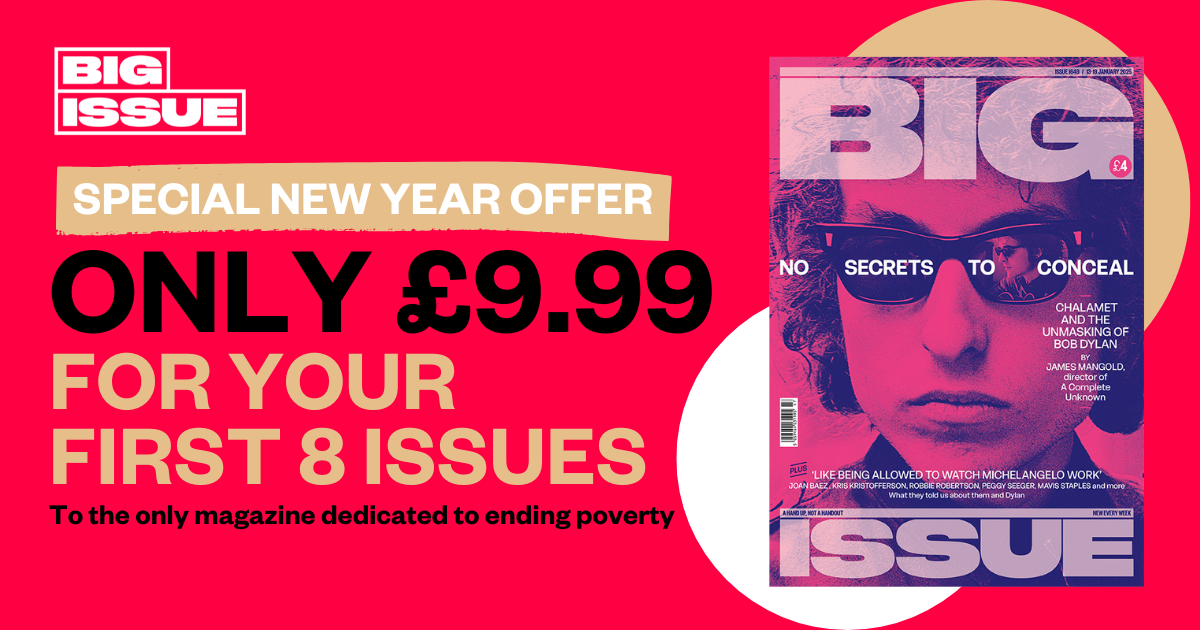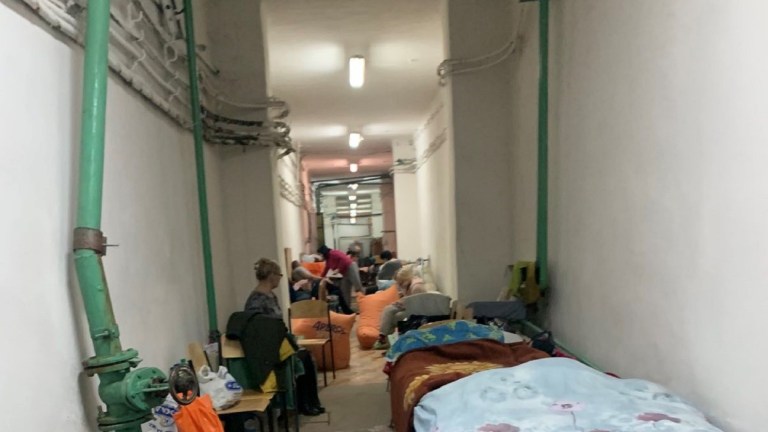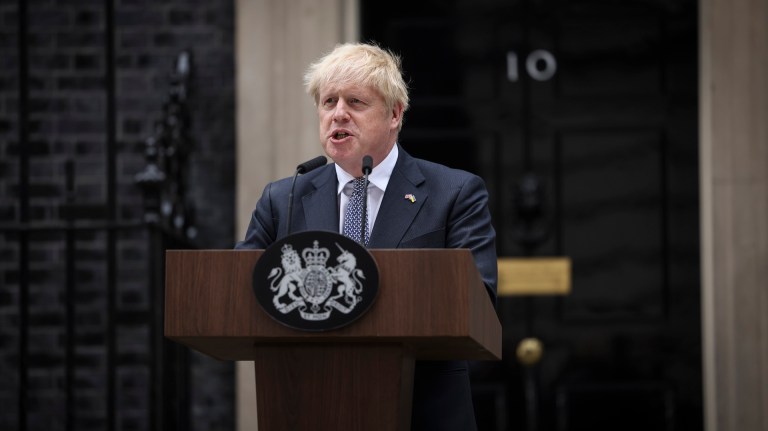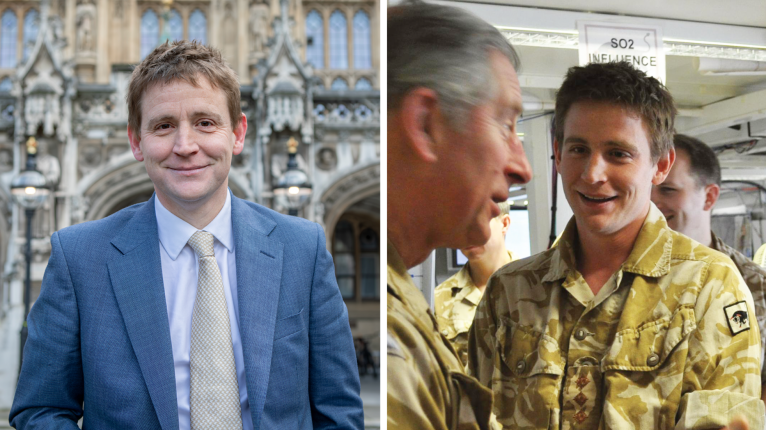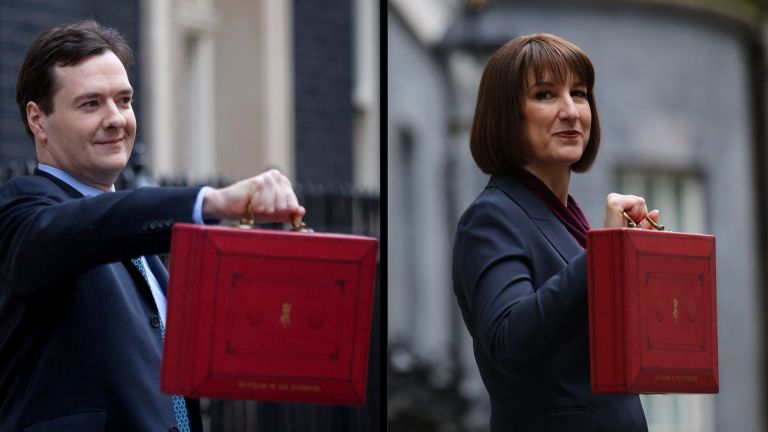Johnson was referring to the level of absolute poverty in the UK. Definitions of absolute poverty vary between institutions, but Westminster defines it as income worth less than 60 per cent of the median annual earnings in 2010-11, meaning the threshold does not fluctuate over time.
But the Department for Work and Pensions also collects figures on relative poverty, which is dependent on the state of the economy at any given time. Households in relative poverty earn 60 per cent of the current median earnings, though the figures are adjusted according to how many people are in a home since the amount of money they will need to get by will differ.
The number of children living in absolute poverty fell slightly in 2019-20 compared to figures from ten years ago, but relative poverty among children has increased since the Conservatives came to power in 2010, including a rise of 800,000 children in working households.
Support The Big Issue and our vendors by signing up for a subscription.
Generally, families earning £17,760 or less are defined as living in relative poverty. A two-parent family with two children currently needs to earn around £21,000 in order to stay above the breadline.
Johnson’s use of poverty figures “comes as no surprise”, according to Peter Stefanovic, a lawyer and campaigner.
“It is a shameful national embarrassment that UK news shows have failed to call this out and hold him to account,” Stefanovic told The Big Issue.
The campaigner created a two-minute video featuring a string of claims by the Prime Minister covering climate change, poverty and the NHS, each of which Stefanovic debunked as “more lies”. The video has amassed 25 million views.
Johnson previously told MPs both absolute and relative poverty declined under his government, according to the film. “It was of course completely untrue,” Stefanovic added, accusing Johnson of “refusing to come back and correct the record”.
In the letter from the OSR, Humpherson said it would “help aid public understanding if statements concerning child poverty were clear about which measure is being referred to, particularly where other measures present a different trend.”
A government spokesperson said: “The prime minister was referring to absolute child poverty statistics between 2009/10 and 2019/20.
“These statistics show that the number of children in the UK living in poverty fell both before and after housing costs were taken into consideration.”
It is not the first time the Prime Minister has come under fire for making misleading comments about UK poverty. The OSR confirmed his statements about hardship in the country were “incorrect” in July 2020, and Johnson was blasted by Labour for being “unable to tell the truth” about his government’s “damning record” on child poverty.
Anna Feuchtwang, chair of the End Child Poverty coalition, told Huffington Post UK the Prime Minister’s “misuse” of child poverty figures was “neither fair nor accurate” and that he was hiding ”behind different statistical measures when answering difficult questions”.
